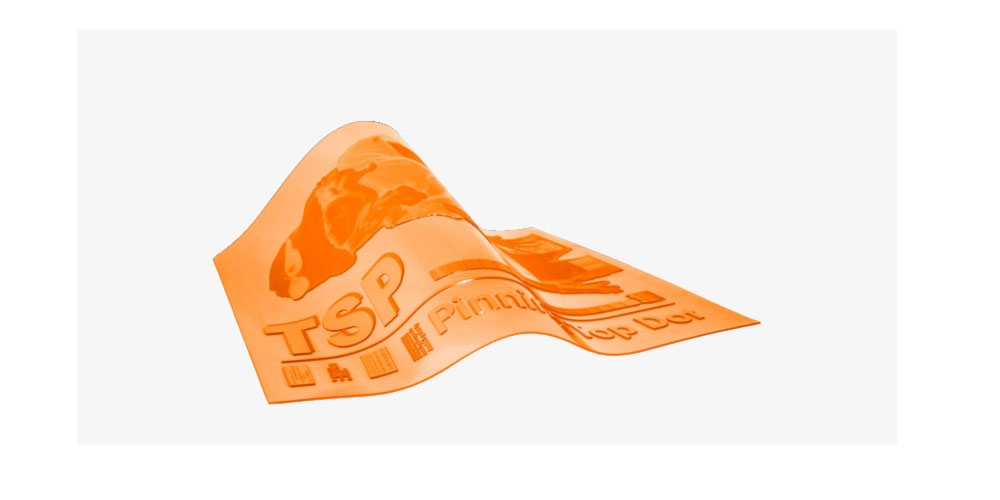Flexographic printing, also widely known as flexography, is part of the current running of the economy. It is found in almost all products in all sectors of the economy today. Flexographic printing is the most popular way of applying color and designs to different materials. In addition, flexo printing plates manufacturers produce printing plates that ensure production processes are efficient and accurate. Furthermore, there are several sectors of the economy where flexography can be used. Therefore, this article aims to update you on the various sectors where flexographic printing can be used.
4 sectors where flexographic printing can be used
1. Food and beverages sector
Food and beverages packaging is an essential aspect of product branding. Thus, through the use of flexographic printing, the food and beverages can brand their products. The brand used ensures that the food and beverages companies have a unique marker that distinguishes them from other competitors in the market. Flexographic printing can be used on folding cartons, boxes, and packaging labels. Thus, flexographic printing is essential in the food and beverage industry. In addition, the ink used in flexographic printing dries up very quickly. Therefore, the safety provided ensures that it is safe for the printed material to contact the beverages and food products.
2. The medical and pharmaceutical industry
Safety is crucial in the medical and pharmaceutical industries. Thus, proper labeling prevents confusion in which drug differs from. Also, the appropriate labeling used in the medical and pharmaceutical industry is crucial in establishing brand awareness. Therefore, flexographic printing plays a significant role in the medical and pharmaceutical industries. It offers various packaging labels for different medical supplies and medication. Also, flexography allows for the use of different medical materials. Furthermore, flexography provides for the delivery of tamper-proof packaging that is FDA compliant.
3. School and home office sector
In school products, consistency is crucial. All the learning materials should have the same identifiable information. Thus, flexographic printing is necessary for ensuring consistency in bulk printing quantities. Therefore, flexographic printing is the best choice to develop school and home office products such as; lined and squared notebooks, graph papers, legal pads, medical charts, stationery, and so many more. The best benefit of using flexography in the school and home office products is that there is an assurance of appearance and quality.
4. Paper towels and tissue sector
Flexography is also crucial in the paper towels and tissue industries. The specialized printing cylinders and flexo sleeves can develop laser engraved rolls. The best thing about using flexography printing in the paper towels and tissue industry is that the process is repeatable, ensuring that all the paper towels and tissues look the same. Furthermore, flexographic printing allows for high volume printing at a very high speed.
Conclusion
The flexographic printing process ensures that all companies can benefit from their operations. Furthermore, it helps different companies to attain brand accuracy on the display materials, shipping materials, and printed packaging. The uniform labeling ensures that little or no mistakes are made on all the labeled materials. Thus, the above are only a few of the industries that use flexographic printing.

